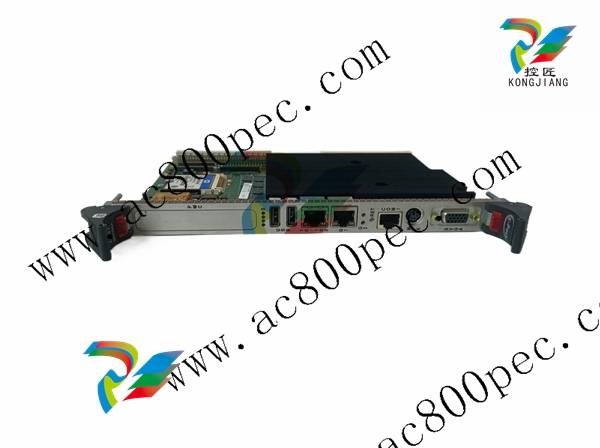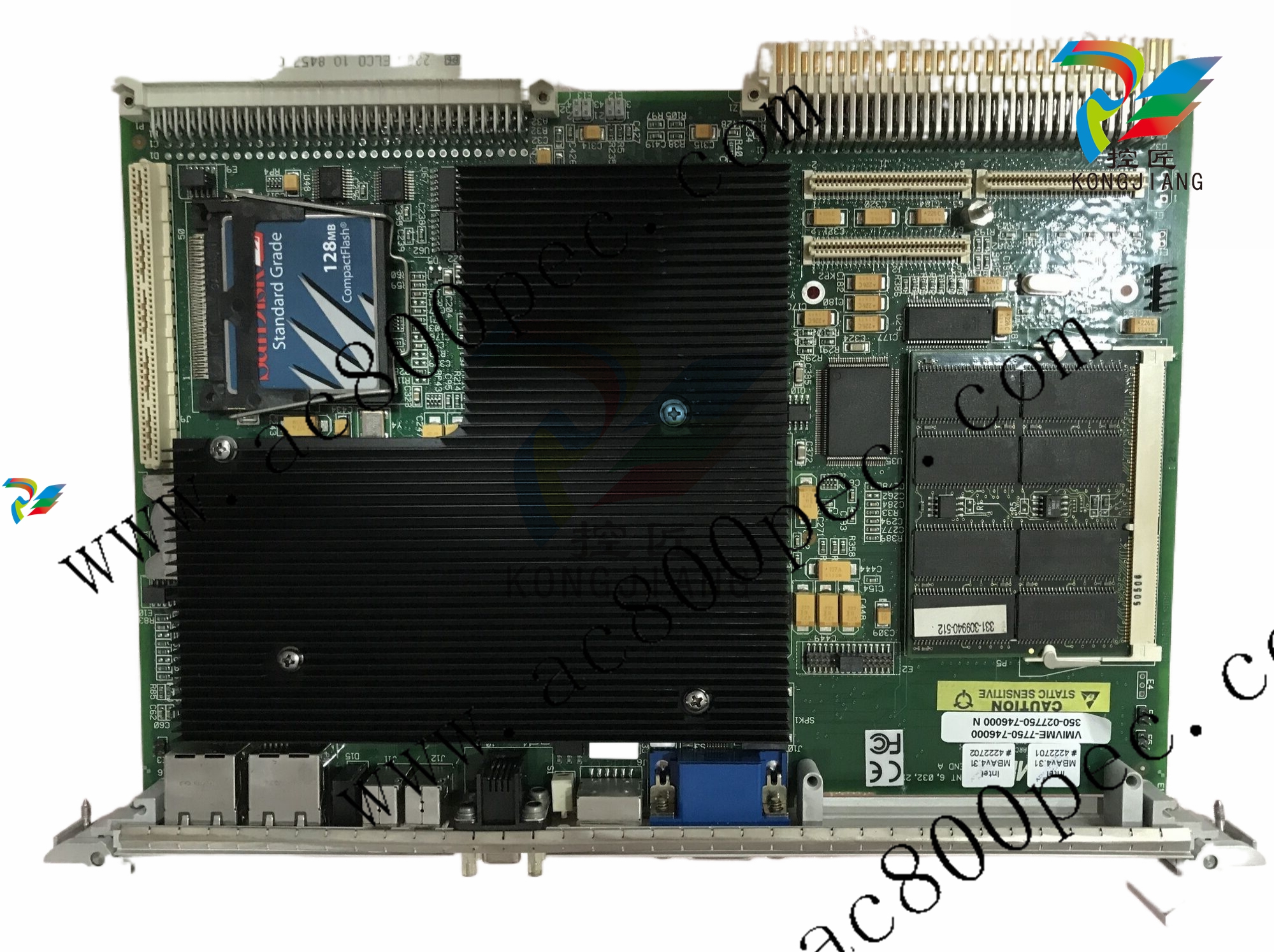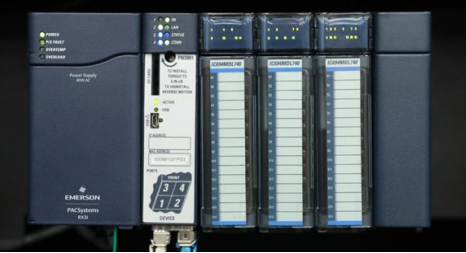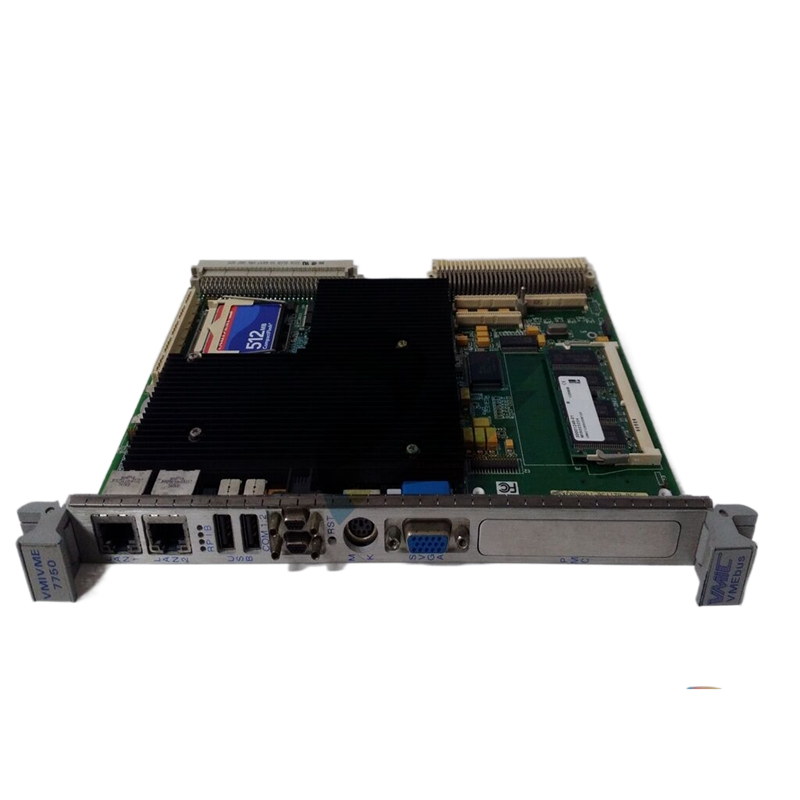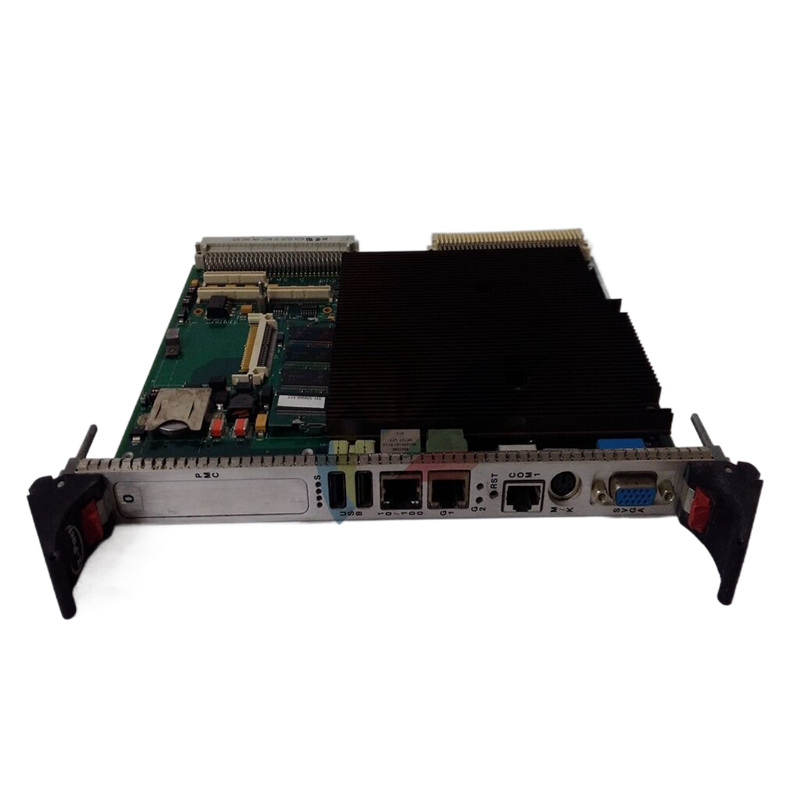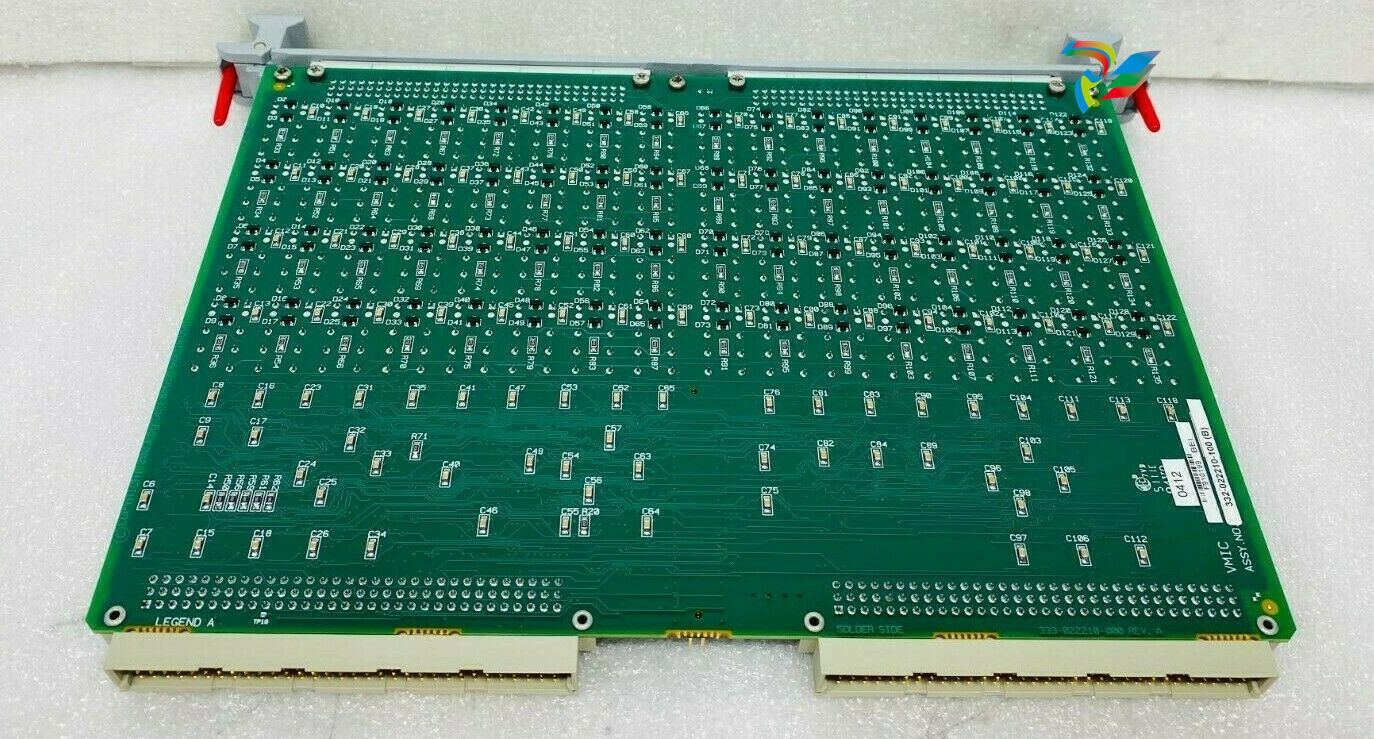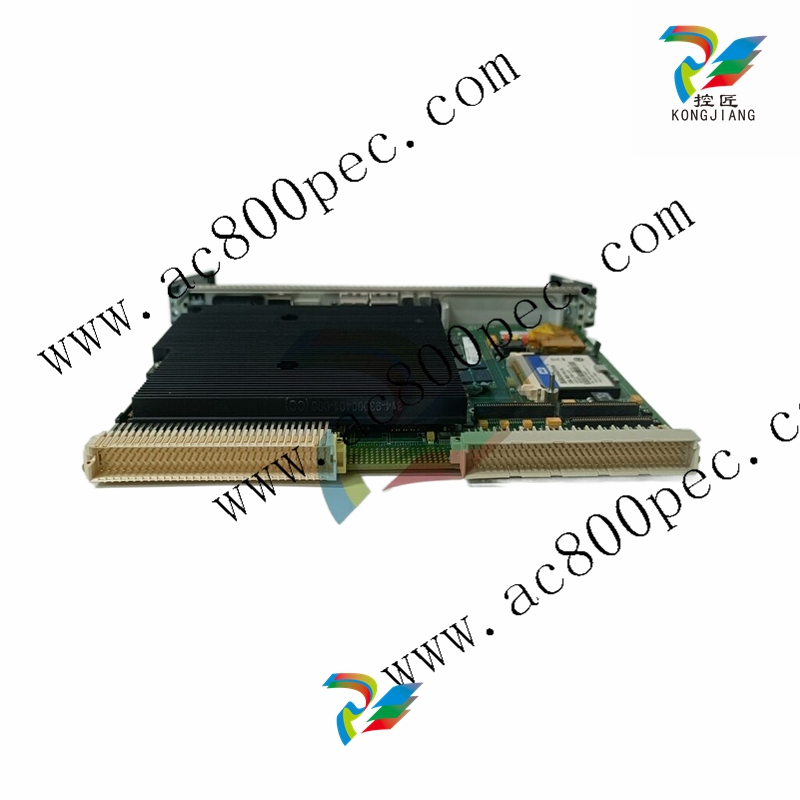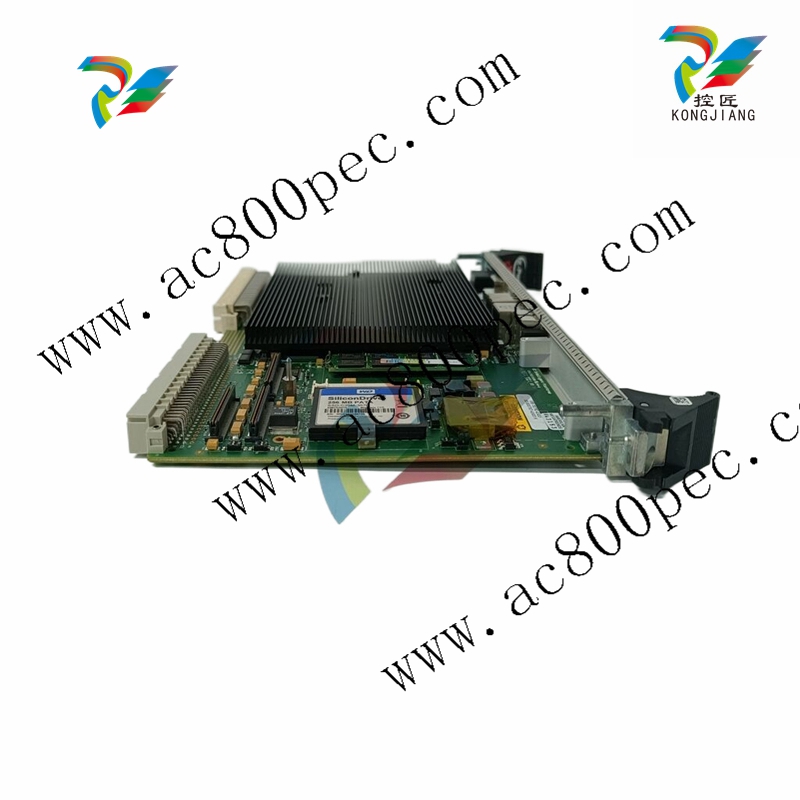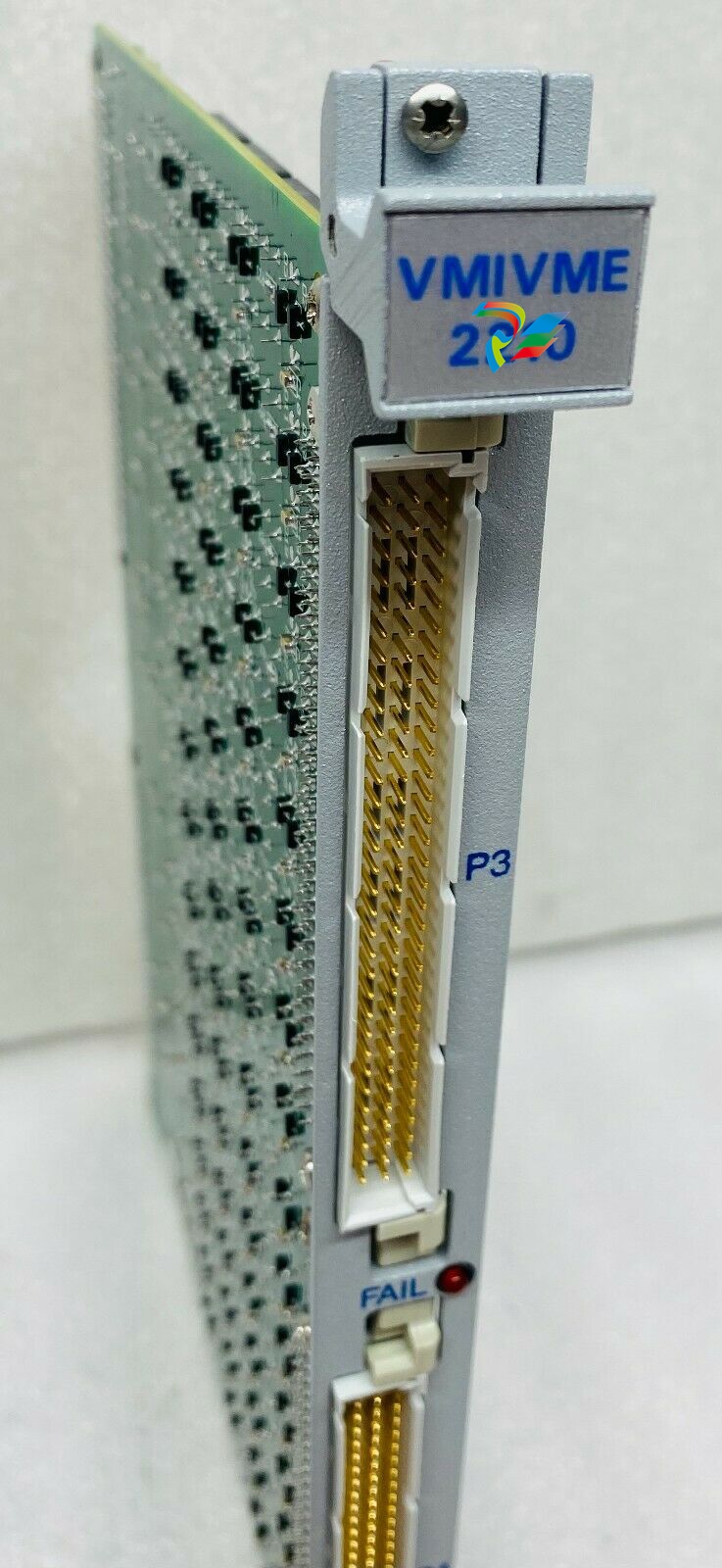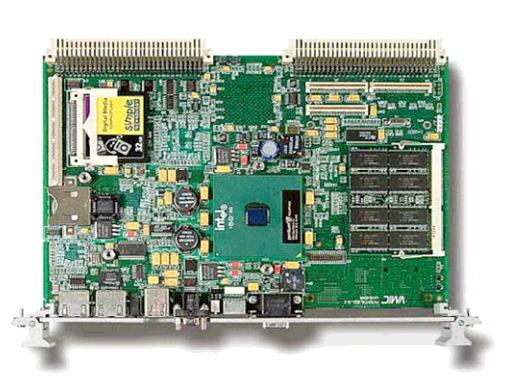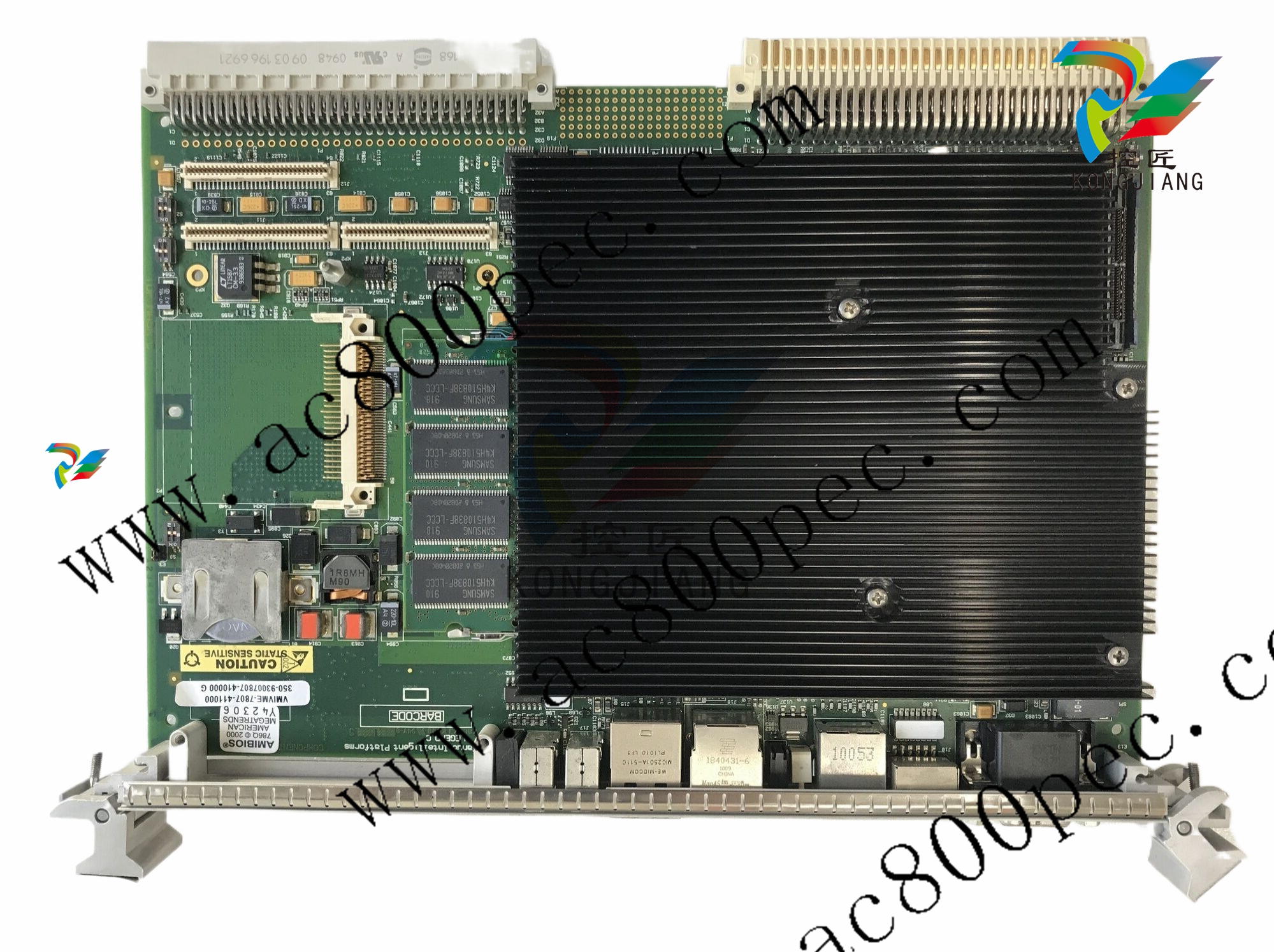
EMERSONWestinghouse E 20 Training From Normal Operation to Se lectric Belgium 14 Catalog vere Accident Management
Introduction to Accident Analysis
DAY 3
Introduction to Accident Analysis (continued)
Reactivity Addition and Power Distribution
Anomaly Accidents
DAY 4
Increased Heat Removal by the Secondary
System Accidents
Reduced Heat Removal by the Secondary
System Accidents
DAY 5
Reduced Reactor Coolant Flow Accidents
Loss of Reactor Coolant Accidents
SECOND WEEK
DAY 1
Loss of Reactor Coolant Accidents
(continued)
Steam Generator Tube Rupture Accidents
DAY 2
Introduction to Mitigating Core Damage
Critical Safety Function:
Subcriticality
ATWS
DAY 3
Critical Safety Function:
Core Cooling
Inadequate Core Cooling
Critical Safety Function:
Heat Sink
Loss of Secondary Heat Sink
DAY 4
Critical Safety Function:
Primary Integrity
Pressurized Thermal Shock
Critical Safety Function:
Containment
Severe Accident Phenomenology
DAY 5
Severe Accident Phenomenology
(Continued)
Accident Response Instrumentation
EMERGENCY RESPONSE GUIDELINES
(OP 144)
Course Objectives
The purpose of this course is to explain the
background of the ERGs Rev. 2, and their use.
Emphasis is placed on understanding of
phenomena and recovery actions rather than
pure description of procedures.
Course Outline
DAY 1
Philosophy and structure of the ERGs
E-0 procedure and subprocedures
DAY 2
LOCA concerns
E-1, E-2 and subprocedures
DAY 3
Steam Generator Tube Rupture
E-3 and Subprocedures
DAY 4
ATWS
Inadequate Core Cooling
Loss of Feedwater
DAY 5
Pressurized Thermal Shock (PTS)
Containment Integrity
RCS Inventory
Total Loss of AC Power
Questions and Answers
CORE DAMAGE MITIGATION AND
SEVERE ACCIDENT MANAGEMENT
(OP 145)
Course Objectives
This course is designed to familiarize plant
operation personnel and staff members with
severe accident phenomena and accident
scenarios highlighting the recovery and
mitigation actions to prevent and limit core
damage, maintain containment integrity and
minimize the fission product releases. The
Severe Accident Management Guidelines
(SAMGs), developed by the Westinghouse
Owners Group, are presented and their link with
the Emergency Operating Procedures and the
Site Emergency Plan is explained.
Course Outline
Introduction
Definition of a severe accident
Description of Chernobyl, Three Mile
Island, and Fukushima Accidents
Tools for the Study of the Severe
Accidents
PSA Terminology and Scope
PSA Example Results
PSA Uses
PSA Decision Making Criteria
Severe Accident Simulation Models
Example Severe Accident Sequence
Introduction to Severe Accident
Management
Plant behavior prior to Core Damage:
Initiating Events, Emergency Operating
Procedures (EOPs)
Anticipated Transient Without Scram
(ATWS)
Loss of Coolant Accidents / Inadequate
Core Cooling (ICC)
Loss of Feedwater / Loss of Heat Sink
(LOHS)
Loss of AC Power
Severe Overcooling / Pressurized
Thermal Shock (PTS)
Response of Instrumentation to Core
Uncovery
Plant behavior during and after core damage:
in vessel phase
Behavior up to core uncovery
Core melt progression
Hydrogen generation
Natural circulation and creep failure
phenomena
Reactor vessel failure
Importance of EOPs and operator actions
Plant behavior during and after core damage:
ex- vessel phase
Containment design
Debris dispersal
Direct containment heating
Vessel thrust
Steam explosions
Debris coolability
Core concrete attack
Hydrogen behavior in containment
Containment fragility and failure modes
Radiological Aspects
Fission product inventory
Fission product release from fuel
Fission product transport
Source terms
Severe accident mitigation hardware
Filtered containment venting
Emergency containment spray system
Hydrogen control systems
Severe Accident Management Guidance –
WOG SAMG Overview
Background
Scope and philosophy
Technical basis
Goals
Structure of SAMG
Interface with EOPs and E-plan
Control room SAMG
TSC SAMG
Instrumentation
Phenomenology
Computational aids
Design variations
Summary
DEDICATED TSC/STA TRAINING
FOR EOP SUPPORT (OP 146)
Course Objectives
The purpose of this course is to provide the
necessary information to Technical Support
Center (TSC)/Shift Technical Adviser
(STA)/Plant Engineering Staff (PES) such that
they can provide adequate and effective support


































































